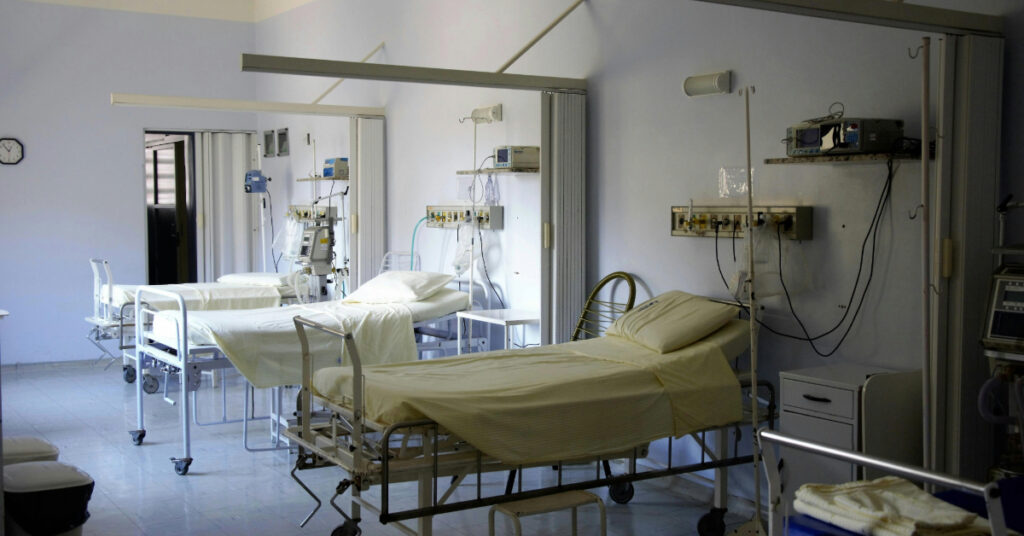Out-of-pocket spending on health in Mexico has significantly surpassed the average of the Organization for Economic Cooperation and Development (OECD), highlighting a critical issue for Mexican households. According to recent calculations by the Ministry of Finance and Public Credit (SHCP), Mexicans spend more on health-related expenses than their counterparts in other OECD countries.
A recent document titled “Distribution of Tax Payments and Receipt of Public Spending by Deciles of Households and Individuals,” prepared by the SHCP under the leadership of Rogelio Ramírez de la O, reveals that in 2021, out-of-pocket spending on health reached 41.4%. This figure indicates that for every 100 pesos spent on health, over 41 pesos were directly from household budgets. This is a notable increase from the 38.8% reported in 2020, driven largely by the COVID-19 pandemic which led to increased hospitalizations and a higher demand for health services.
“This increase can largely be attributed to the effects of the COVID-19 pandemic, which generated a greater demand for health services and medicines, which in turn impacted family budgets allocated to medical care,” stated the SHCP.
Comparative Analysis with OECD
While the rise in out-of-pocket spending during the pandemic is a global trend, Mexico’s rate stands significantly higher than the OECD average of 18.6%. The SHCP’s study underscores that despite nearly universal health coverage in many OECD countries, out-of-pocket payments remain a considerable source of health financing.
Data from the Treasury show that for over two decades, Mexico’s out-of-pocket health spending has consistently been double the OECD average, a trend that continues into the current administration.
Government Contributions and Challenges
Despite constitutional guarantees for accessible healthcare, public spending by the Mexican government has been on a decline. As of 2022, public spending constituted 51% of total health expenditure, down from 53% in 2018. The remainder is covered by out-of-pocket and private spending, including insurance and non-profit organizations.
Out-of-pocket expenses also vary based on user affiliation. For example, those affiliated with the Mexican Social Security Institute (IMSS) spend approximately 5,350 pesos annually, while those with the Institute for Social Security and Services for State Workers (ISSSTE) spend about 9,881 pesos per year.
“Health is one of the most important issues for a society. First, it is a right, and second, it can generate poverty once you become ill and cannot afford it. Since it is a right, the State is obliged to guarantee access to it,” said Alejandra Macías, director of the Center for Economic and Budgetary Research (CIEP).
Funding Gaps and Future Outlook
Public spending on health in Mexico is currently around 3% of the Gross Domestic Product (GDP), which is only half of the World Health Organization (WHO) recommendation of 6%. This shortfall further exacerbates the high out-of-pocket spending by households.
Oxfam Mexico has highlighted the need for at least 750,000 million pesos to establish a comprehensive health system for the entire population. However, given the limited fiscal space, there is a pressing need for a progressive tax reform to increase revenue for public spending.
“Mexico will face important challenges going forward. There has been progress and we recognize it, such as in the fight against poverty and inequality, but we believe that there is a challenge to be addressed, which is progressive tax reform (…) What we are pointing out is how we could move forward, recognizing that we have many challenges, such as spending pressures on the health and pensions side, for example,” said Gerardo Esquivel, co-founder of the Independent Commission for Equality with Tax Justice.
